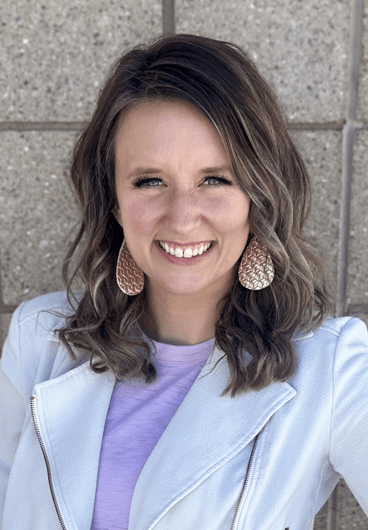
Leanna Mackelprang
Shirley A. Barber Elementary School
Las Vegas, Nevada
derrill@nv.ccsd.net
Best Practices
1) School Improvement Strategies: Walk to Read – Homogeneous Grouping for Reading Instruction: This best practice involves organizing students into homogenous groups based on their reading levels and instructional needs. Differentiated instruction within these groups ensures that students receive targeted support tailored to their specific skill levels in reading. The implementation of Walk to Read not only recognizes the diverse learning needs of students but also allows teachers to provide more personalized and effective instruction. Regular assessments and progress monitoring help ensure that students are making meaningful gains in their reading abilities.
Key Components:
- Data-Informed Grouping: Using assessment data to group students with similar reading abilities ensures targeted instruction.
- Differentiated Instruction: Tailoring reading instruction to meet the specific needs of each group, providing a more individualized learning experience.
- Regular Assessment and Adjustment: Ongoing assessment and adjustment of grouping based on student progress to maintain instructional relevance.
2) Social-Emotional Learning: Monthly Social-Emotional Learning Assemblies: This best practice focuses on the social and emotional well-being of students by conducting monthly assemblies dedicated to teaching essential life skills. These assemblies address critical aspects of emotional intelligence and character development, fostering a positive and supportive school culture. Covering topics such as effort, resilience, confidence, accountability, and gratitude helps students develop the socio-emotional skills necessary for both academic success and personal growth. Throughout the month teachers choose one student who exemplifies the specific focus skill taught, and that student receives the Student of the Month award. They are also able to attend the Ice Cream Dance Party with the assistant principal. This best practice fosters a community of celebrating students for making positive changes in their behavior.
Key Components:
- Structured Curriculum: Designing a structured curriculum for each SEL assembly, with a focus on specific skills students need to master during certain times of the year.
- Student Engagement: Interactive and engaging activities that allow students to actively participate in the learning process. At each assembly, one student from every class is also awarded the Student of the Month award for displaying the monthly focus.
- Integration with Academic Goals: Aligning SEL topics with broader academic and behavioral goals to reinforce a holistic approach to education.
- Feedback and Reflection: Providing opportunities for students to reflect on and apply the skills learned in their daily lives.


